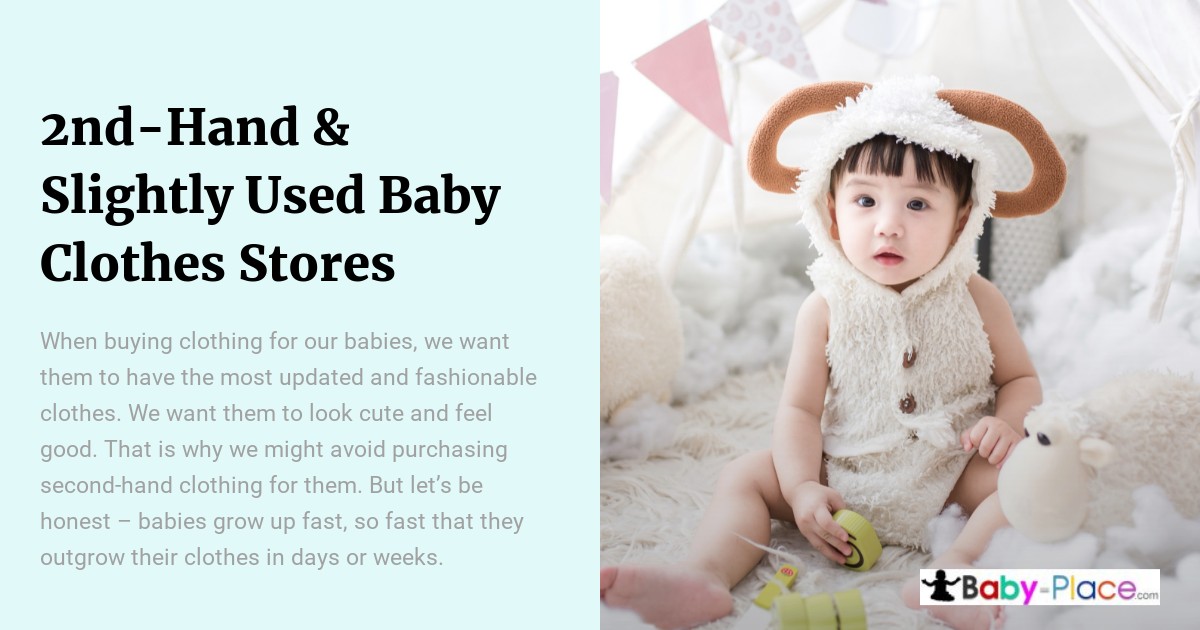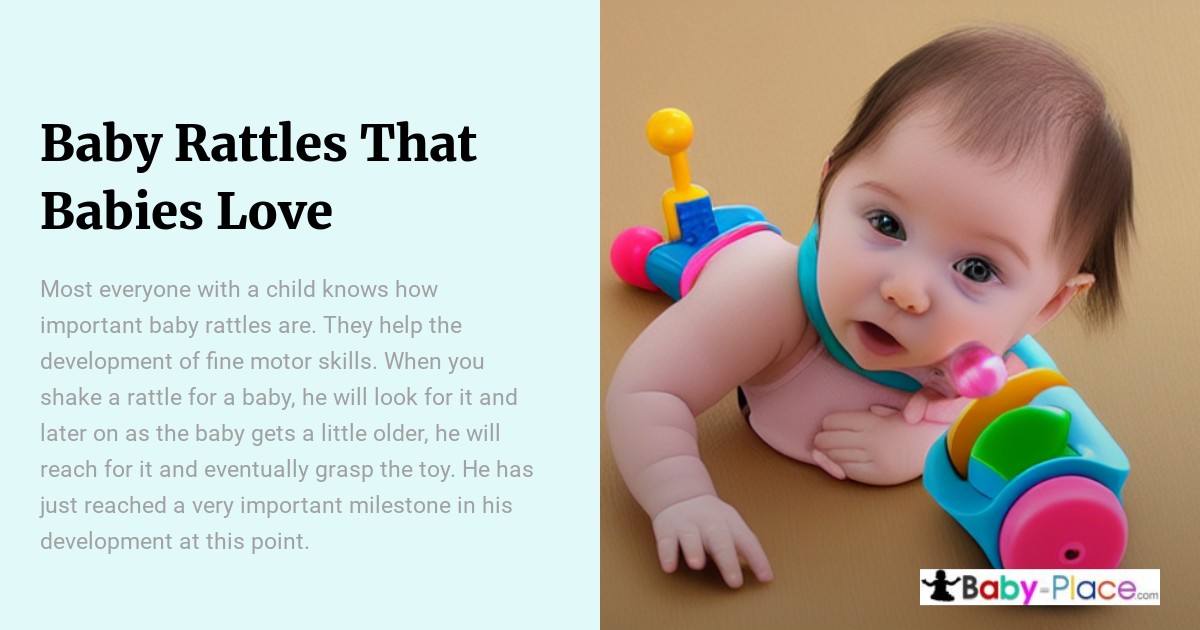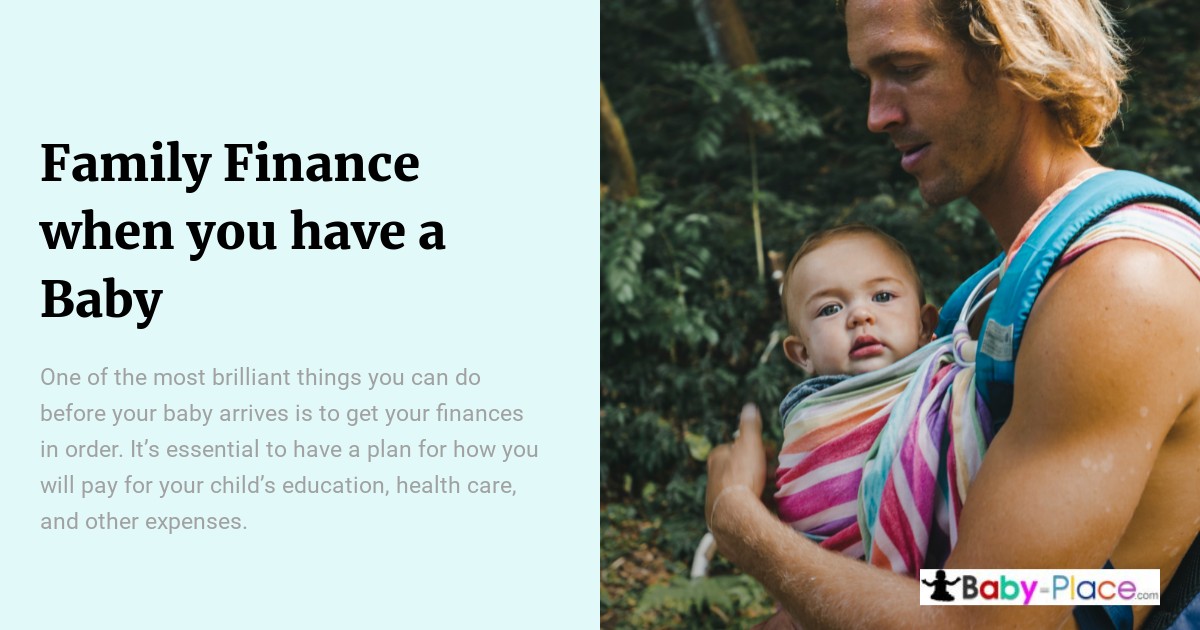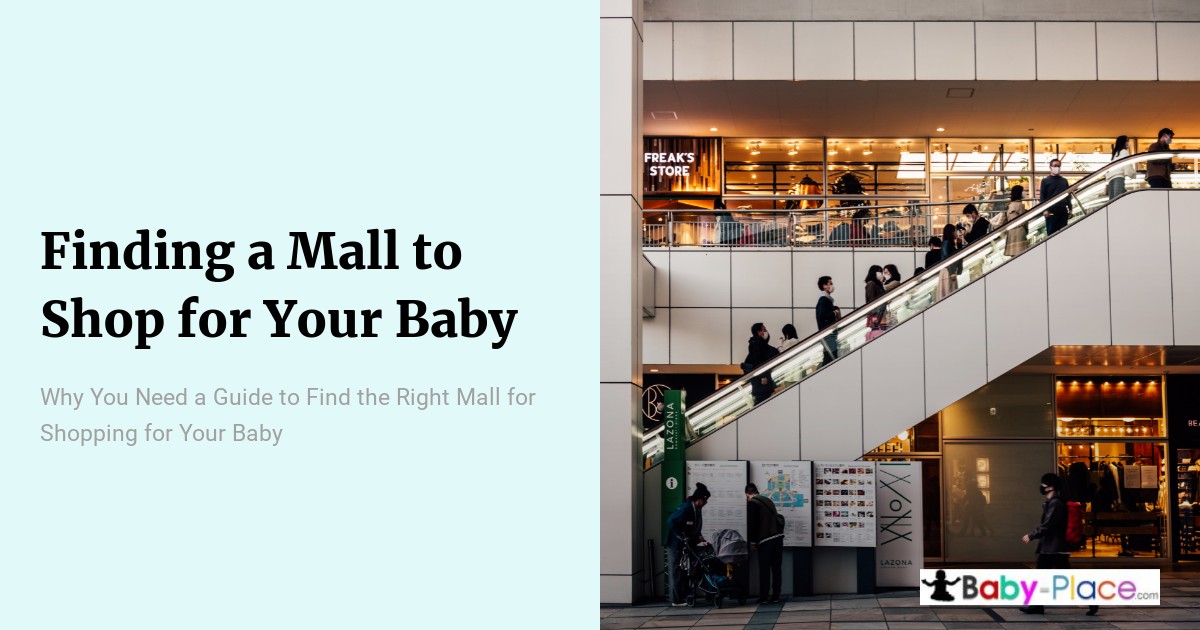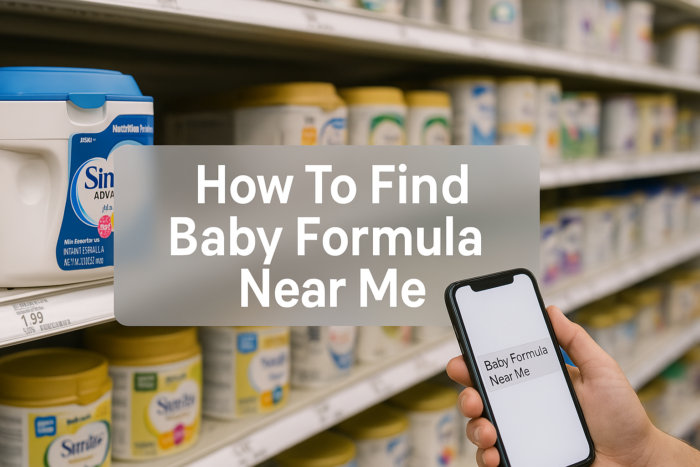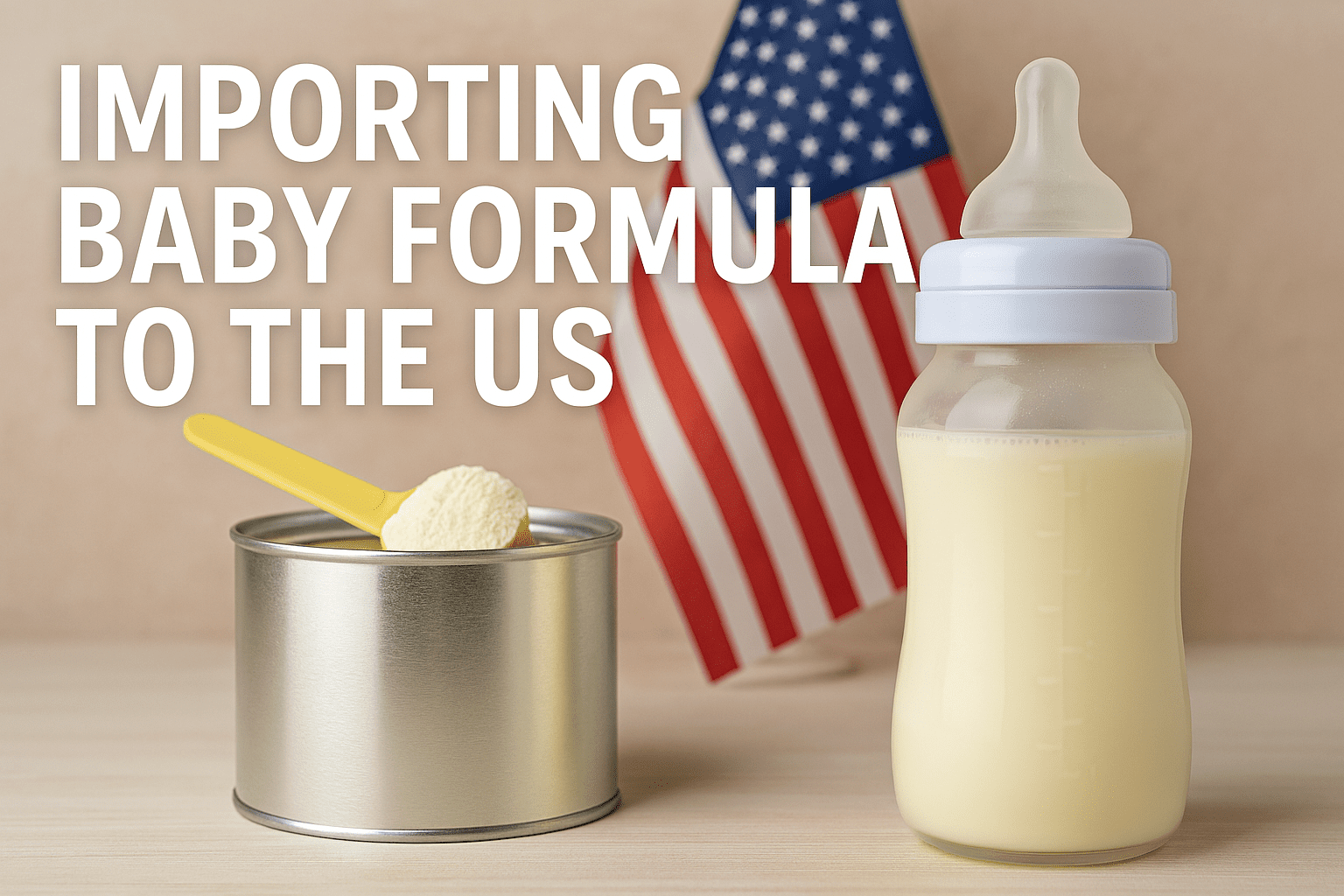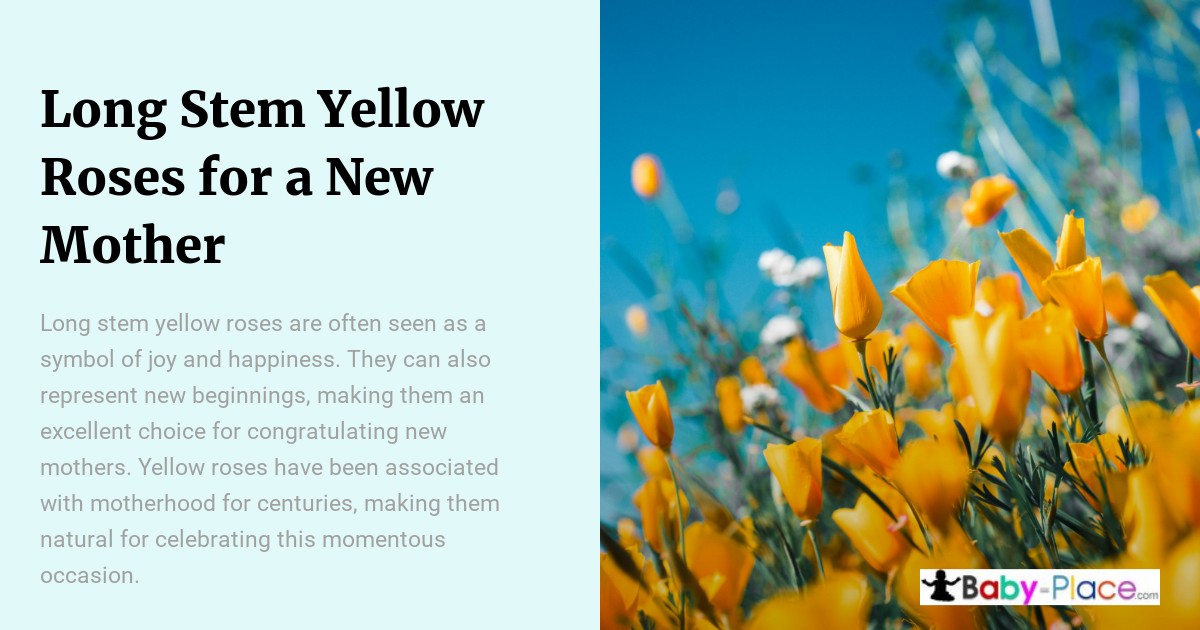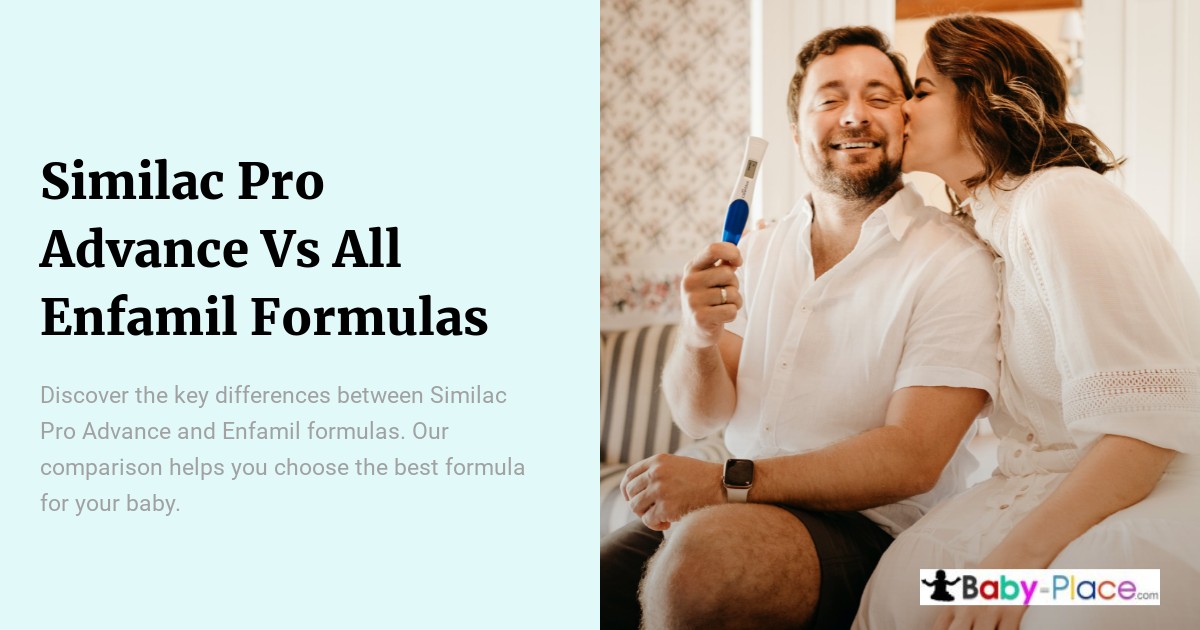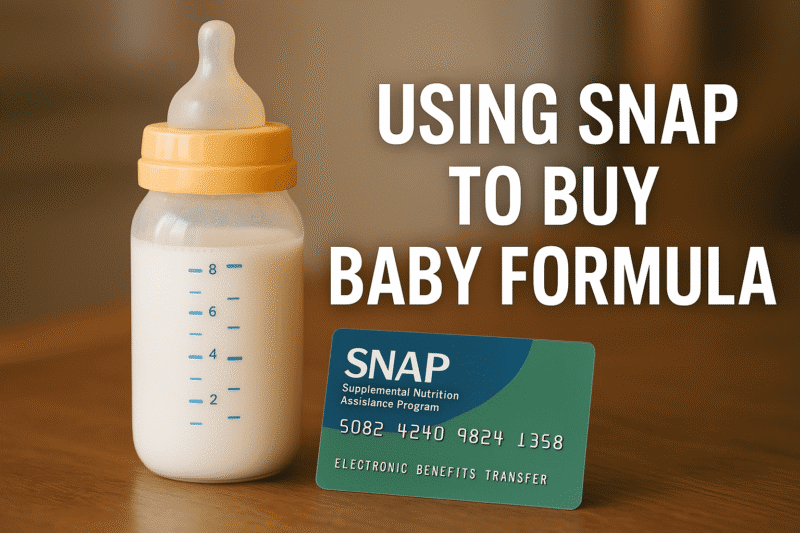
Understanding the Requirements for Baby Bedding
Babies might seem cute, but have you ever seen them crying unstoppably without breaking their breath just because they haven’t slept well? You’re lucky if you haven’t! And to make sure you don’t experience the scenario of your child waking up the entire house to the sound of their cries in the future, you should also ensure that your baby is having a proper, peaceful sleep.
But here’s the thing, when parents are busy setting up the little humans’ nurseries and making a list of essentials such as car seats, cupboards, toys, strollers and baby monitors, they frequently overlook one of the most vital thing – their sleeping space. After all, it is understandable that the sheer volume of baby goods required by a newborn might take any new parents by surprise.
Nevertheless, finding and purchasing the appropriate nighttime equipment is critical to your baby’s comfort and safety. This article will cover all the details regarding babies’ sleeping essentials to make the process of choosing bedding for your baby easier. So, let’s get started!
Baby Bedding Essentials
Baby’s bedding is divided into two categories: the essentials and the accessories. As the name suggests, essentials are those components you need to include in your baby’s nursery. Here is a list of things that you must add to your list when choosing bedding for your baby:
Crib Bedding
Baby bedding is incomplete without a crib. Keeping in mind that babies can’t adjust their body temperatures, crib bedding is the most vital component of your baby’s sleeping essentials. You should invest in the proper crib bedding to ensure that they don’t feel too hot or too cold at night.
Also, since babies spend more time in their cribs than anywhere else, you need to make sure you invest in a stable cradle. A 51 1/4 inches long by 27 1/4 inches broad crib interior accommodates a typical crib mattress. A crib with more than 1 inch of space between the mattress’s sides and the crib frame is a big no-no.
One thing to remember here is never to use a vintage crib. A used crib may include lead paint, wide apart planks, or a dangerous drop side, and you never want to put your baby at risk.
Crib Mattress
Once you have purchased a crib for your newborn, it is time to start looking for a mattress to fit in it. Choosing a secure and supportive crib mattress is critical since your baby will be sleeping on it for the next three years or longer.
Since babies sleep on their backs most of the time, it is preferable to invest in a firm mattress. Softer mattresses make it easy for a baby’s body to leave an indentation and even pose suffocation risks. Some mattresses have both a firm and a soft side. You can use the firm side in the first few months and shift to the softer side as they grow.
Aside from the mattress’s firmness, you’ll want to think about its size. The mattress should fit firmly in the crib, with very little room between the crib bars and the mattress itself.
Fitted Crib Sheet
A fitted sheet is the most important component of a baby’s bedding. You can find flat crib sheets in the market, but they bunch up and loosen when the child moves.
Additionally, wrong sized fitted sheets can loose and cause a hazard to your child. Most fitted sheets are standard sizes, so make sure to choose the perfect shape and size for your crib mattress.
The fitted crib sheet’s elastic should be snug but not so tight that it chokes the mattress’s bottom edge. Similarly, you don’t want your linens to be too loose around the mattress. The best-fitting sheet is one that stays in place.
Mattress Pads
The fitted sheet is the only piece of bedding your infant crib requires. However, you can get a mattress pad to protect the mattress from spills and leaks. Both can be hypoallergenic to combat dust mites and allergies trapped in the mattress.
Mattress pads should be no more than one inch thick and should fit tightly over the foam. A good-quality product can provide a comfy, airy sleeping environment for your child while also working hard to prevent stains.
Moreover, mattresses can be costly; it’s a wise investment to safeguard the item because your kid will most likely be using it for a long time until they are ready to transition into a big baby bed in a couple of years.
It would be best to use a waterproof mattress pad with a flannel backing. It is safer, cooler, and more pleasant than a basic plastic or rubber cover. Cover the pad with cotton fitted sheet. In the frigid winter months, flannel will provide extra warmth and comfort. Check that the sheet fits securely around the mattress and will not come loose while your baby sleeps.
Wearable Blankets
While it may be tempting to tuck your newborn under a cosy-looking blanket, soft bedding is a suffocation risk. Furthermore, it has been significantly connected to SIDS (sudden infant death syndrome).
Wearable blankets, sometimes known as swaddles, are an excellent crib accessory and aren’t hazardous to newborns. They have a stitched bottom and Velcro straps, making them less likely to come loose while your baby is sleeping.
In reality, swaddles replicate the tightness and pressure of the womb. This feature provides a favourable atmosphere for the newborn to transition from the womb to the external world. Moreover, swaddles can help babies sleep longer, reduce the incidence of SIDS, and boost neuromuscular development.
Baby sleeping sacks are another option for keeping your baby warm at night because they are practically impossible for newborns to kick off. If you prefer to use a blanket, use a thin one and secure it around the mattress’s base and sides. Tuck it beneath their arms rather than under their chin, making sure it only reaches the baby’s chest.
Baby Bedding Accessories
Baby bedding accessories are those elements that aren’t a must but are a good addition to your baby’s nighttime gear. After all, nothing beats the thrill of creating a cosy, adorable ambience for your infant!
We have listed some common baby bedtime accessories below that you can purchase while choosing bedding for your baby. Please note that not all the items listed below are suitable for newborns. Nevertheless, your child will need these articles after a few months.
Crib Skirts
Crib skirts, also known as dust ruffles, are an attractive addition to any nursery. They usually dangle around the crib’s base, hanging slightly above the floor. However, there are a few practical applications for crib skirts that you may not have considered.
Most crib mattresses have a spring-based platform, which can be hazardous to young hands and your lovely new crib sheets. Crib skirts cover the bottom half of your mattress and help save young fingers from getting squeezed. Moreover, they provide a protective layer between the planks and the mattress, protecting your linens from ripping or shredding.
Furthermore, they are a fantastic solution to conceal any under-crib storage, making them functional and aesthetically pleasing.
Quilts and Blankets
The advantages of baby blankets go far beyond simply keeping your child warm. Throughout childhood, the familiarity of a specific blanket creates a sense of warmth and security. Having a specific blanket to turn to relieves stress that you may not be aware your infant is experiencing.
Moreover, as your baby grows, they will most likely select a specific blanket as a security blanket. A baby security blanket will assist in developing your child’s sense of independence. This is the main reason why you see most adults holding on to their “blankies.”
Depending on the blanket style, baby blankets can also provide visual and tactile stimulation. However, it would be best if you only introduced your child to quilts and blankets once they are twelve months old.
Pillows
Colourful baby pillows and shams add a decorative touch to your crib bedding. There are several concerns regarding baby pillows that they impose the risk of suffocation. However, various companies have designed breathable baby pillows to assure the new parents of their child’s safety.
A baby lying on their backs can develop flat head syndrome (plagiocephaly). This causes asymmetry in their heads, causing them to flatten on one side over time. This is where baby pillows come in! They are shaped to comfortably fit the baby’s head, preventing flat-head syndrome.
Moreover, pillows evenly disperse the temperature around your baby’s head, ensuring that they get a peaceful sleep. Keep in mind that sleep is essential for a baby’s development. Heat-related sleep disruptions will make the baby fussy and you – fatigued!
A baby pillow should be at least 3cm tall and gradually change as they grow. It should be as wide as the baby’s shoulder. This will guarantee that the newborn receives the proper support while putting no strain on their body.
Crib Rail Guard Covers
If you have a wood crib, the crib rail cover is even more crucial since it protects your baby from splinters if they gnaw on it with delicate gums. A rail cover is a piece of cushioned fabric that covers the crib railing.
Children don’t think twice when chewing on things when they enter the teething phase. Rail guard coverings prevent children from using the crib railings as a teething ring substitute without compromising their nursery’s aesthetics.
Additionally, they prevent your baby from ingesting wood splinters, varnish and paint. Not only this, but crib rail guard covers also protect your furniture from those tiny teeth marks.
Baby Crib Mobiles
Mobiles are a popular choice for crib décor. Babies are typically captivated by these spinning objects with attractive toys hanging from them or soothing music playing from them.
Mobiles can boost your baby’s brain activity by presenting them with a fascinating new thing to recognise. Consider the function of the mobile before purchasing one, as some are designed to soothe your baby to sleep while others are designed to increase your child’s involvement with their environment.
If your baby’s room is themed, you can pick a mobile that matches the bedroom and crib bedding.
Tips to Choose the Right Bedding for Your Baby
Now that we have discussed the vital baby bedding essentials and accessories, it is time to crawl to another important part of this post.
Choosing bedding for your baby can be tricky, but not if you have a few tips up your sleeves. We have mentioned some of our top tips below to guide you in choosing the right bedding for your baby.
Pick a Soft Fabric
Babies’ skin is extremely sensitive, and even the tiniest contact with rough textiles can cause chafing and discomfort. So, you need to pick the softest bedding linen.
Cotton is the industry standard for crib covers. It’s a comfortable and breathable fabric that won’t make your child overheat. Even better if the cotton is organic—this means fewer chemicals are used, lowering the risk of allergic reactions or skin irritations.
Pick the Smallest Size Available
You don’t want your newborn to get lost under a pile of loose sheets. Therefore, you must choose bed linen of comparable size to the baby bed. Even the child’s comforter should be small enough not to overpower the baby and can be snuggled gently around their body while sleeping.
Mattress Protectors Are Life Savers
Every baby has in-bed mishaps. Whether you put them in diapers or cloth nappies, you will have to change the sheets completely and scrub the mattress if the bed gets wet.
Instead of using rubber mats, you can place mattress pads underneath. They protect the mattress against bedwetting and quickly absorb excess moisture. Additionally, they soak much of the moisture away from the baby and the overlying sheet, buying you some time.
Never Use Bumper Pads
The American Academy of Pediatrics (AAP) revised its safe sleep guidelines in 2011 to advise parents never to use crib bumpers. According to the AAP, “there is no proof that bumper pads reduce injuries, and there is a possible risk of suffocation, strangling, or entanglement.”
Go Green
Infants sleep between 10.5 to 18 hours a day. So, to ensure their comfort, growth and undisturbed sleep, you should invest in good-quality, comfortable bedding. If you’re cautious about organic materials, you should check into eco-friendly solutions for your baby’s bedding.
There are various hypoallergenic pillowcases and organic baby bed linens in the market. In addition to being eco-friendly, organic fibres are also breathable, ensuring a night of comfortable sleep for your little one.
Guarantee Your Baby a Good Night’s Sleep
Sleeping and eating are the only things babies do, so you have to make sure they do it right! This article will make the process of choosing bedding for your baby much easier.
Just make sure to note all the points we made to create a peaceful sleeping atmosphere for your baby. And remember, a well-slept baby is a happy baby!
Frequently Asked Questions:
What are the essential components of baby bedding?
The essential components of baby bedding include a crib, crib mattress, fitted crib sheet, mattress pads, and wearable blankets. These items ensure the baby's comfort, safety, and proper sleep.
Why is a firm crib mattress recommended for babies?
A firm crib mattress is recommended for babies because it reduces the risk of suffocation and provides better support. Softer mattresses can create indentations that may pose safety hazards, especially since babies sleep on their backs most of the time.
What are wearable blankets, and why are they safer than traditional blankets?
Wearable blankets, also known as swaddles or sleep sacks, are designed to keep babies warm without the risks associated with loose bedding. They have stitched bottoms and Velcro straps, making them less likely to come loose and reducing the risk of suffocation and Sudden Infant Death Syndrome (SIDS).
What are some safe baby bedding accessories?
Safe baby bedding accessories include crib skirts, breathable baby pillows, crib rail guard covers, and baby crib mobiles. These items add comfort and aesthetic appeal while ensuring safety, such as preventing splinters or providing visual stimulation.
What fabric is best for baby bedding?
Cotton is the best fabric for baby bedding because it is soft, breathable, and less likely to cause skin irritation. Organic cotton is even better as it contains fewer chemicals, reducing the risk of allergic reactions.

